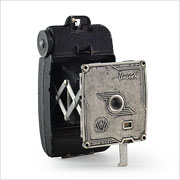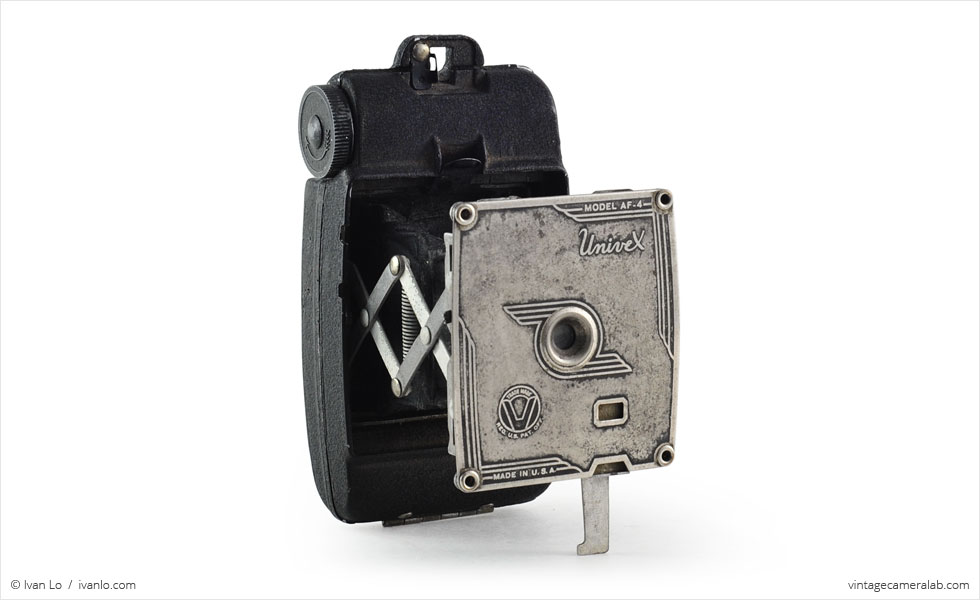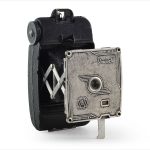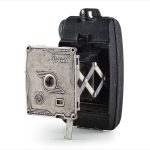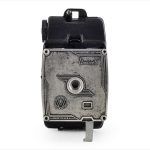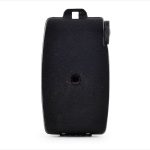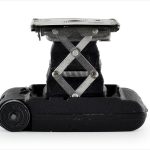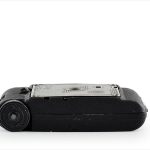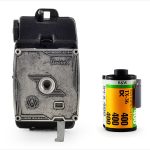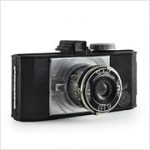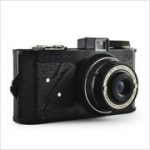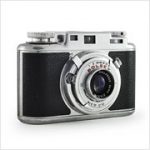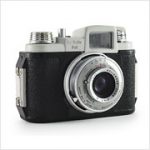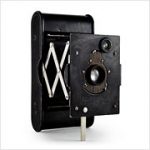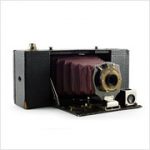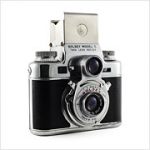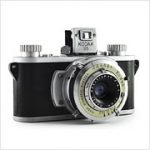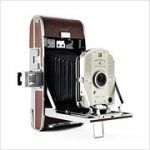Univex Model AF-4 Specifications
| Manufacturer: | Universal Camera Corp. |
| Origin: | USA |
| Made in: | New York City, NY, USA |
| Introduced: | 1938 |
| Type: | Folding, Viewfinder |
| Format: | No. 00 Universal Film |
| Dimensions: | 5.5 x 10 x 2 cm (closed) |
| 5.5 x 10 x 6.5 cm (open) |
Univex Model AF-4 Overview
The Univex Model AF-4 is a compact folding camera introduced by the Universal Camera Corporation of New York in 1938. Amazingly, the founders of Universal had no previous experience in the photography market but still managed to create innovative yet easily mass-produced cameras. Much of Universal’s success came from their business plan to sell cameras at very low prices and rely on the sales of their proprietary film cartridge.
As the name might suggest, the AF-4 is the fourth of five Universal cameras to bear the “AF” name, all of which are nearly identical in both appearance and construction. A small rounded metal tab by the lens plate opens up the camera. Once the lens is unfolded, all of the controls are revealed. A shutter lever can be found on the user’s right hand side of the lens board and a pullout tab on the bottom switches between two speeds: “SNAP” (about 1/60 seconds) and Time. To compose, a wire frame finder can be extended from the top of the lens board to be used in conjunction with the viewfinder hole on the body by the film door latch. A kickstand can be unfolded from the bottom to help it stand up on flat surfaces.
When it debuted, the AF-4 retailed for $1.95 (a bit over $30 in today’s money) with roll of No. 00 film costing only ten cents (the equivalent of about $1.70). However, with a frame size only slightly larger than standard 35mm film, Universal’s film casette only allowed for six exposures before it needed to be replaced which conveniently forced their customers to buy more film, more often.
This nice example was purchased from the estate sale for the late Kirk Kekatos, former president and founding member of the Chicago Photographic Collectors Society. I love the Art Deco style designs on the lens plate and the surprising sturdiness of such an inexpensive camera. That said, I must confess that the camera’s kickstand does not work very well.
Find your very own Univex Model AF-4 on eBay.
McKeown, James M. and Joan C. McKeown’s Price Guide to Antique and Classic Cameras, 2001-2002. (Grantsburg, WI, USA: Centennial Photo Service, 2001), p 645, 648.
